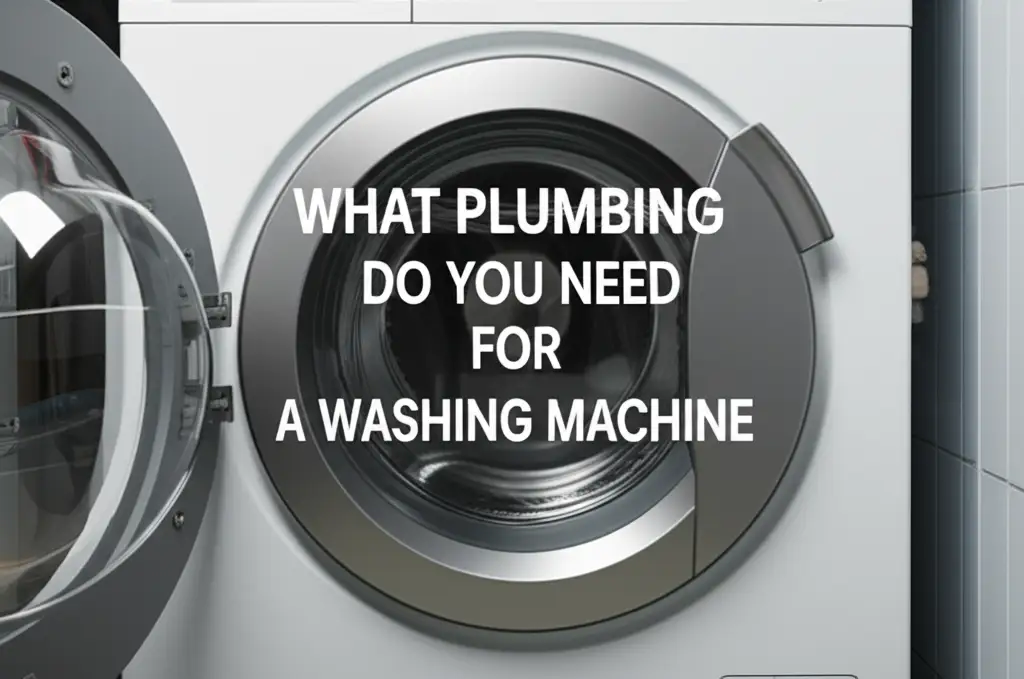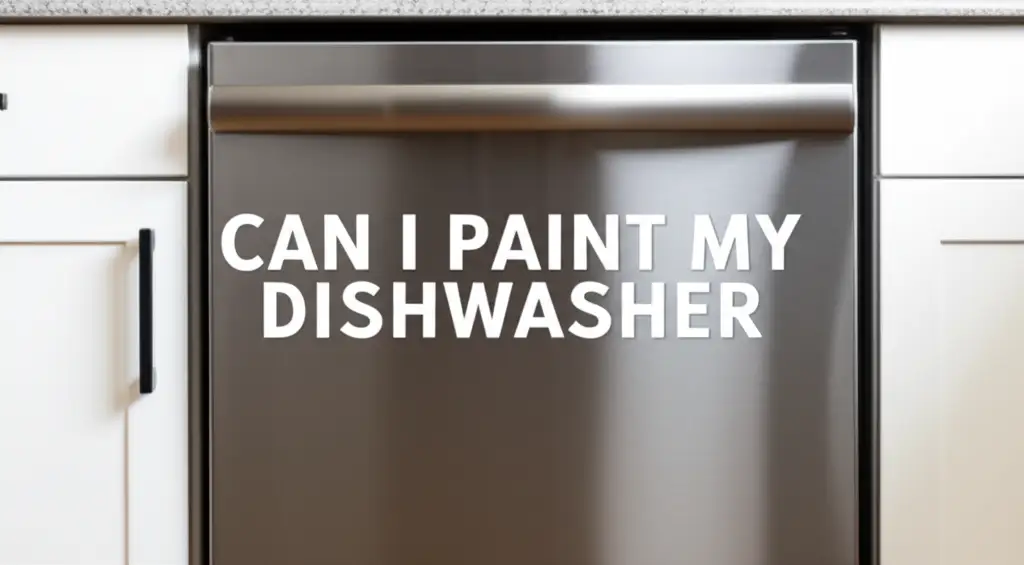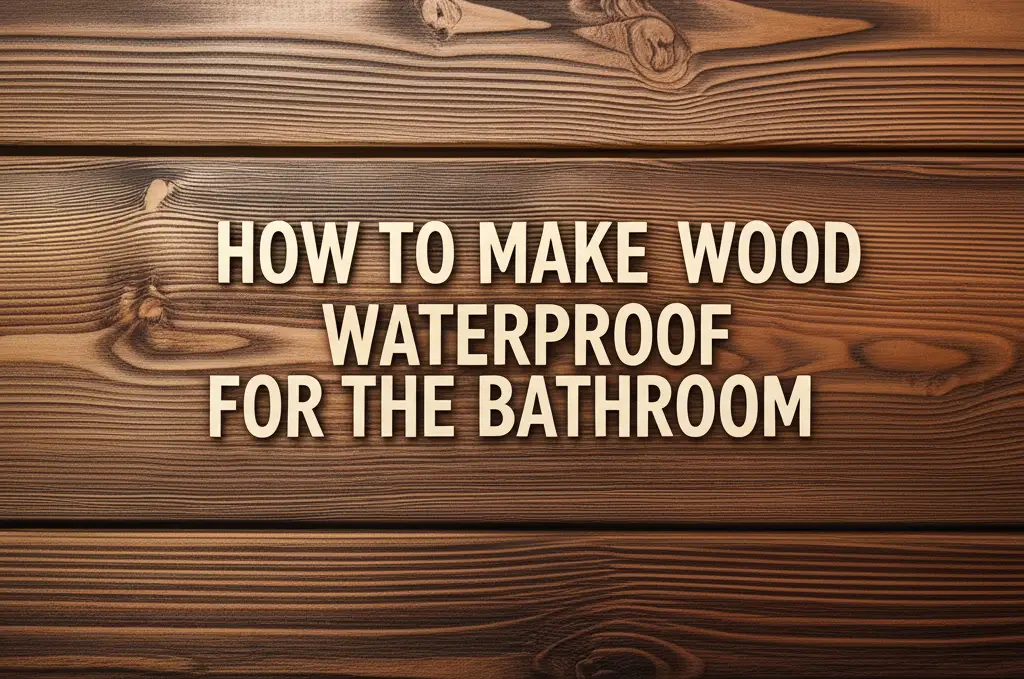· Mason Everett · Home Improvement · 11 min read
What Plumbing Do You Need For A Washing Machine

Essential Plumbing for Your Washing Machine: A Complete Guide
Setting up a washing machine feels exciting. You might imagine clean clothes and easy laundry days. However, a washing machine needs specific plumbing to work right. Understanding what plumbing do you need for a washing machine is the first, crucial step. Ignoring these needs can lead to leaks, damage, or poor machine function.
This guide explains all the plumbing requirements for your washing machine. We will discuss water supply lines, drain systems, and necessary valves. We also cover electrical needs and how to choose the right spot. My goal is to give you clear information. You will learn what components are vital for a safe and effective laundry setup.
Takeaway
Setting up washing machine plumbing needs careful attention. Here are the key points:
- Ensure dedicated hot and cold water lines.
- Install a proper standpipe for drainage with an air gap.
- Use shut-off valves for immediate water control.
- Verify adequate electrical supply and GFCI protection.
- Understand local codes and consider professional help for safety.
Main Query Answer
For a washing machine, you need specific plumbing. This includes hot and cold water supply lines, a drain standpipe, and a P-trap for wastewater. You also need dedicated shut-off valves and a proper electrical outlet. These components ensure safe and efficient machine operation.
The Foundation: Water Supply Connections for Your Washer
Every washing machine needs a reliable water source. This means having both a hot water line and a cold water line. These lines bring water directly to the machine. The machine mixes hot and cold water to reach the wash temperature you select.
Each water line needs a specific connection point. Standard connections are typically 3/4 inch male hose threads. This size connects easily to common washing machine hoses. Using the correct size ensures a tight seal and prevents leaks. I always double-check these connections during setup.
Hoses carry water from your home’s plumbing to the washing machine. You can choose between rubber hoses and braided stainless steel hoses. Braided steel hoses offer greater durability and burst resistance. Many plumbers recommend them for added safety. Checking if are washing machine hoses standard size can help you buy the right replacements.
Connecting these hoses is usually straightforward. You attach one end to the water supply valve and the other to the machine’s inlet. Remember to use rubber washers in the hose ends. These washers create a watertight seal and prevent drips. Tighten the connections firmly by hand, then use a wrench for a final quarter turn.
Ensuring Proper Drainage: The Standpipe and Drain Hose
After washing, the machine must drain wastewater away. This process requires a dedicated drain system. The most common setup involves a standpipe and a P-trap. This system routes dirty water safely out of your home.
A standpipe is a vertical pipe that receives the washing machine’s drain hose. It typically extends from the floor or wall. The standpipe must be at least two inches in diameter. This size handles the large volume of water the machine expels quickly. A smaller pipe could cause overflows.
Below the standpipe, a P-trap must be installed. A P-trap is a U-shaped bend in the drain pipe. This bend holds a small amount of water. This water creates a barrier. It stops sewer gases from entering your home. Without a P-trap, unpleasant odors would fill your laundry area.
The washing machine’s drain hose fits into the standpipe. It should extend into the standpipe by at least six inches. However, it should not go in too far. The hose needs an air gap above the water level in the standpipe. This air gap stops dirty drain water from siphoning back into your machine. This prevents contamination of your clean clothes.
Essential Control: Shut-Off Valves and Their Placement
Controlling the water supply is crucial for any appliance. For a washing machine, dedicated shut-off valves are a must. These valves give you immediate control over the water flow to your machine. They are essential for maintenance and emergencies.
You will need two shut-off valves: one for the hot water line and one for the cold water line. These valves are typically ball valves or gate valves. Ball valves are easy to operate with a quarter turn. Gate valves require more turns but are also effective. I prefer ball valves for their quick action.
These valves are often placed together in a recessed outlet box. This box is usually found in the wall behind the washing machine. It provides a neat and secure place for all connections. The box contains the hot and cold water valves. It also includes the drain standpipe opening.
The ability to shut off water quickly is a lifesaver. If a hose bursts, you can turn off the water to prevent a flood. You also need to shut off the water when disconnecting hoses for machine repairs. For instance, if you ever need to access or how to remove middle part of washing machine for a repair, turning off the water supply first is non-negotiable. This simple act saves you from water damage and makes maintenance safer.
Electrical Considerations: Powering Your Washing Machine Safely
Washing machines need a specific electrical setup. They consume a good amount of power. A proper electrical connection is as vital as the plumbing itself. Incorrect wiring can cause electrical hazards or machine damage.
Most modern washing machines require a dedicated 120-volt, 15-amp, or 20-amp circuit. A dedicated circuit means the washing machine is the only appliance on that circuit. This prevents tripping breakers if other appliances draw power at the same time. Check your machine’s manual for its exact electrical needs.
The outlet for the washing machine should be a three-prong grounded outlet. This grounding protects against electrical shock. In areas with water, like laundry rooms, a Ground Fault Circuit Interrupter (GFCI) outlet is often required. A GFCI outlet detects current imbalances. It quickly cuts power if it senses a risk of electrical shock. This is a critical safety feature. The requirements for washing machines are similar to those for dishwashers, where a GFCI receptacle is often necessary, just as does dishwasher receptacle need to be GFCI articles discuss.
For any new electrical work, I strongly recommend hiring a qualified electrician. Wiring can be dangerous if you do not have the right knowledge. An electrician ensures your setup meets local electrical codes. They also guarantee the circuit can handle your washing machine’s power needs safely. Do not take shortcuts with electricity.
Venting and Air Gaps: Preventing Backflow and Odors
Proper venting is a fundamental part of any drain system. For a washing machine, venting ensures smooth drainage. It also stops unpleasant sewer gases from entering your home. A correctly vented system protects your indoor air quality.
The P-trap we discussed earlier is part of this system. It creates a water seal against gases. However, the P-trap alone is not enough. The drain line also needs a vent pipe. This vent pipe connects to the main house vent system. It allows air to enter the drain pipe as water flows out.
This air prevents a vacuum from forming in the drain line. Without a vent, the draining water could create a vacuum. This vacuum would pull the water out of the P-trap. If the P-trap loses its water seal, sewer gases can then escape into your laundry room. This creates bad smells and unhealthy air.
Another type of air gap is crucial for the drain hose itself. This air gap is a space between the end of the drain hose and the standpipe’s flood level. It prevents dirty water from flowing back into the washing machine. This is important if there’s a sewage backup. This simple air gap ensures that clean water for your clothes stays clean. It is a vital detail for hygiene and machine protection.
Space and Location: Planning Your Washing Machine Plumbing Layout
Choosing the right location for your washing machine is not just about aesthetics. It is about practical access to plumbing and space. A good location makes installation, use, and maintenance much easier. Think about the functionality of the space before setting up.
First, consider the proximity to existing water supply lines and drainpipes. Placing your washing machine close to these points minimizes the need for extensive new plumbing work. This can save time and money on installation. Look for a spot near a water heater for hot water access.
Second, ensure enough space around the machine. You need room to open the lid or door fully. You also need space to connect hoses and access the shut-off valves. Check the machine’s dimensions carefully. Account for the depth needed for the hoses and connections behind the unit. Trying to squeeze a machine into a tight spot can make future repairs or general maintenance, like when you how to clean washing machine agitator, very difficult.
The floor beneath the machine must be strong and level. Washing machines vibrate a lot during spin cycles. A weak or uneven floor can cause excessive noise and movement. It can also lead to premature wear on the machine. Concrete floors are ideal. If you have a wood floor, ensure it has sufficient support. A drip pan under the machine is also a wise addition. It catches any small leaks, protecting your floor from water damage.
Permitting and Professional Help: When to Call the Experts
Plumbing and electrical work often have specific rules. These rules are in place for your safety and property protection. Understanding when you need a permit or a professional is vital. Do not assume you can do all the work yourself.
Local building codes dictate plumbing and electrical installations. These codes vary by city and state. They specify pipe sizes, ventilation requirements, and electrical circuit standards. Before starting any new plumbing project, check with your local building department. They can tell you if a permit is necessary.
Many plumbing and electrical changes require a permit. This includes adding new lines or circuits. Getting a permit means your work will be inspected. An inspector checks that the work meets safety standards. This protects you and your family. Doing work without a permit can lead to fines. It can also cause problems when selling your home.
While some basic connections are DIY-friendly, major plumbing or electrical alterations are not. If you are extending pipes, installing new outlets, or rerouting drain lines, call a licensed plumber or electrician. Professionals have the tools and knowledge to do the job safely. They ensure the work complies with all local codes. Hiring an expert upfront prevents costly mistakes and ensures long-term peace of mind.
FAQ Section
Q1: Can I install washing machine plumbing myself?
You can connect hoses and drain lines if the plumbing already exists. However, installing new water lines, drainpipes, or electrical circuits needs professional skills. I suggest hiring a licensed plumber and electrician for these tasks. They ensure the work meets safety codes.
Q2: What’s the best location for washing machine plumbing?
The best location is near existing water supply lines and a drain. A sturdy, level floor is essential. Basements or laundry rooms are common choices. Ensure enough space around the machine for access and airflow.
Q3: How do I prevent leaks from washing machine plumbing?
Prevent leaks by using high-quality hoses, like braided stainless steel. Always use rubber washers in hose connections. Tighten connections firmly, but do not overtighten. Regularly check hoses for cracks or bulges. Install a drip pan under the machine for extra protection.
Q4: What size pipes do I need for a washing machine?
For water supply, 1/2-inch or 3/4-inch pipes are common. The drain standpipe needs to be at least 2 inches in diameter. This ensures proper drainage flow. Smaller drain pipes can cause backups or overflows.
Q5: How often should I check washing machine hoses?
Inspect your washing machine hoses at least once a year. Look for any signs of wear, such as cracks, bulges, or leaks. Rubber hoses might need replacement every five years. Braided stainless steel hoses last longer but still need regular checks.
Q6: Do I need a permit for washing machine plumbing?
You likely need a permit for new plumbing installations. This includes adding new water lines or drain systems. Check with your local building department first. Permits ensure safety and code compliance. They can help avoid issues later on.
Conclusion
Understanding what plumbing do you need for a washing machine is essential. This knowledge ensures a safe and efficient laundry setup. We have covered the critical components: hot and cold water supply, proper drainage with a standpipe and P-trap, and essential shut-off valves. We also highlighted the importance of a dedicated electrical circuit and GFCI protection. Always remember that proper venting and air gaps are crucial for hygiene and preventing odors.
Careful planning of your washing machine’s location helps with access and maintenance. Consider the structural support of your floor. While some tasks are manageable for a DIY enthusiast, significant plumbing or electrical work demands professional expertise. Local codes and permits are in place for your safety and should always be followed. Taking these steps guarantees your washing machine operates smoothly for years. If you are unsure, do not hesitate to consult a licensed professional. They can provide peace of mind and ensure everything is up to code.





